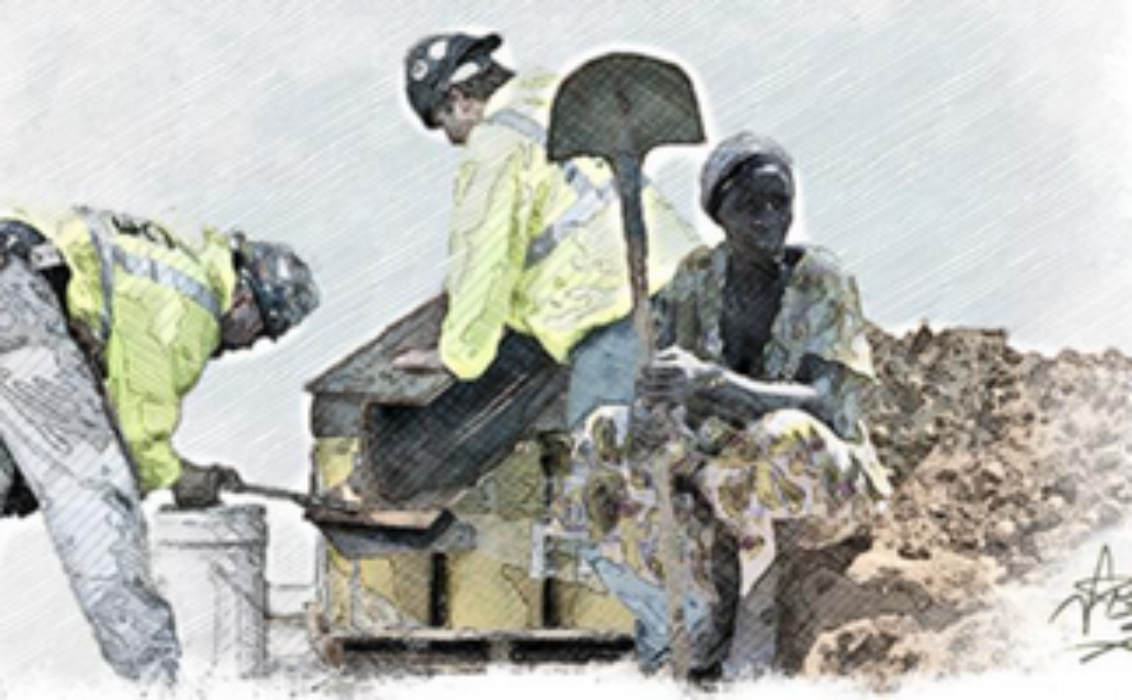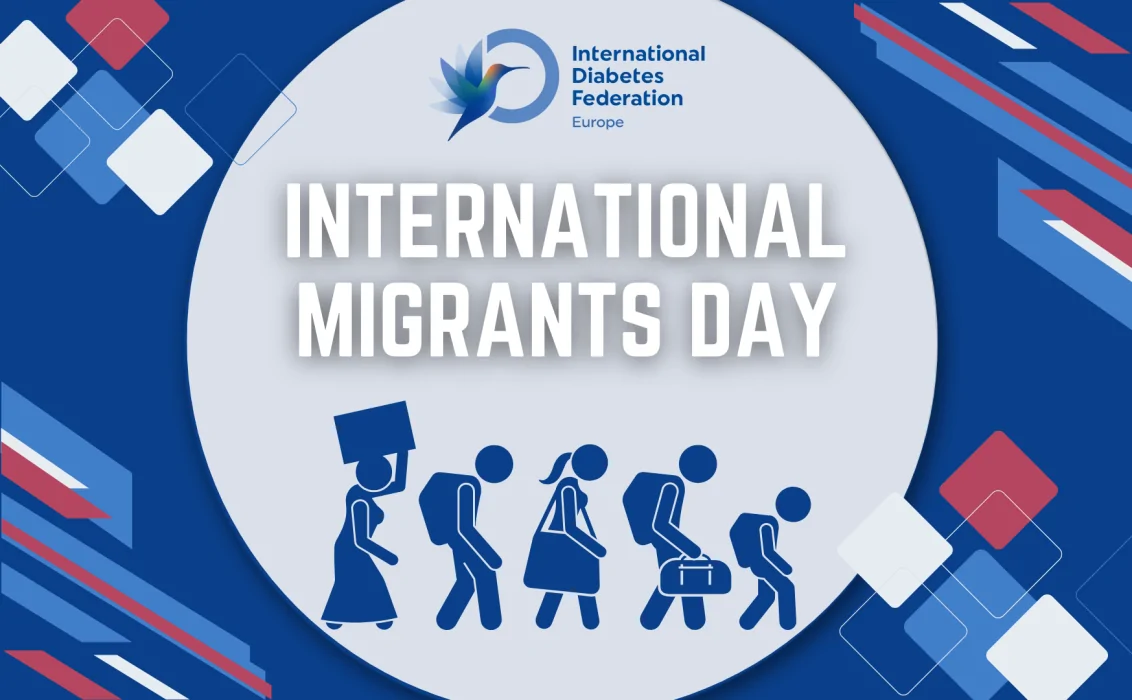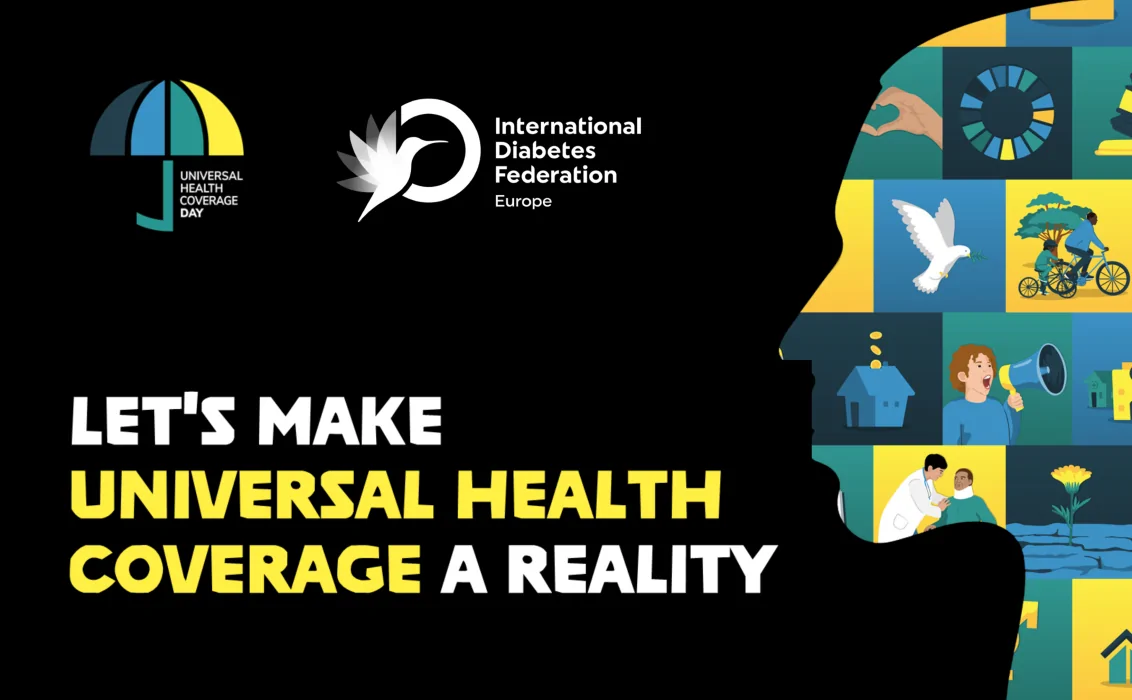World Day of Social Justice is observed annually on February 20. Its 2022 theme is Achieving Social Justice through Formal Employment. Today, more that 60% of the world’s employed population (around 2 billion people) are part of the informal economy. They earn their livelihoods without any form of social protection or employment-related benefits. The COVID-19 crisis has only increased the vulnerability of these workers and highlighted the need to promote the transition to formal employment as a pre-requisite to address poverty and inequalities.
IDF Europe supports action that aims to tackle vulnerability, poverty, and inequalities as these socio-economic determinants also have far-reaching impacts on one’s health. Evidence shows that adults in poor and near-poor households have the highest rates of diabetes and low-income populations are more likely to develop diabetes. Poverty is associated not only with higher diabetes incidence but also with inequality of diabetes care. According to José-Manuel Boavida, President of the Portuguese Diabetes Association (APDP): “Nowadays, the most important risk factors are social inequalities, poverty, climate change and the food industry”.
To address disparities in diabetes, policymakers must address problems created by concentrated poverty and implement policies that support health-enabling environments and tackle social inequalities. In this context, we acknowledge the urgent need to create effective pathways to the formal economy for the two billion women, men and youth who currently earn their livelihoods in the informal economy. Many countries are already utilising new technologies to facilitate the transition from informal to formal employment and the transition to formality is one of the priorities of the Sustainable Development Goals Agenda 2030. Through decent work opportunities and better housing, planning, employment, and other social policies we can build healthier communities and reduce the risk of developing Type 2 diabetes and its complications among vulnerable groups.



